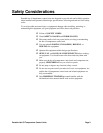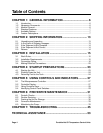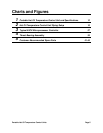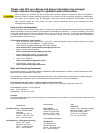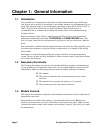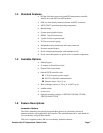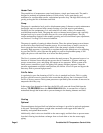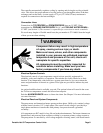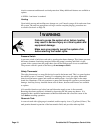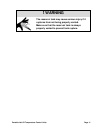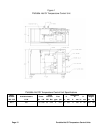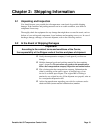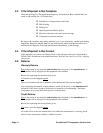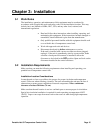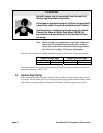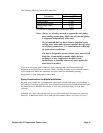
Page 10 Portable Hot Oil Temperature Control Units
circuit overcurrent and thermal overload protection. Many additional features are available as
options.
A NEMA 1 enclosure is standard.
Venting
Upon initial start-up and mold/process change-out, you’ll need to purge all air and water from
the system. The unit
has appropriate valving to ensure complete purging; procedures are
covered in Section 4 on Page 26.
! WARNING
Failure to purge the system of air before heating
may result in serious injury or critical system and
equipment damage.
Make sure you properly purge the system of air
before starting the heater cycle.
Pressure Switch
A pressure switch is built into each unit to guard against heater damage. This feature prevents
the heater elements from being energized unless the pump is running and fluid is in the
system. After a preset time, the pump shuts down if the fluid pressure is not re-established.
The pressure switch is preset at the factory; do not tamper with it.
Safety Thermostat
The safety thermostat is a snap-dish device located in the heater tank. This is to guard against
the unlikely event of “runaway” heating. If overheating does occur, the safety thermostat
shuts down the heater outputs and sounds an audible alarm. A red pilot light on the status
board also illuminates. The unit continues to pump fluid through the system to prevent heater
damage. Auxiliary factory installed alarms such as horns, beacons and klaxons are available
as options.
All controller functions are locked out until the main supply power is disconnected.
Resetting the alarm condition is initiated by depressing the red pump stop button. It is
imperative that a qualified maintenance technician determine and correct the cause of the
fault before resuming operation.
Reservoir Tank
A reservoir tank with sight gauge is standard; usable capacity is two (2) gallons (8 liters). The
tank permits thermal expansion of the heat transfer fluid, and provides make-up fluid.



